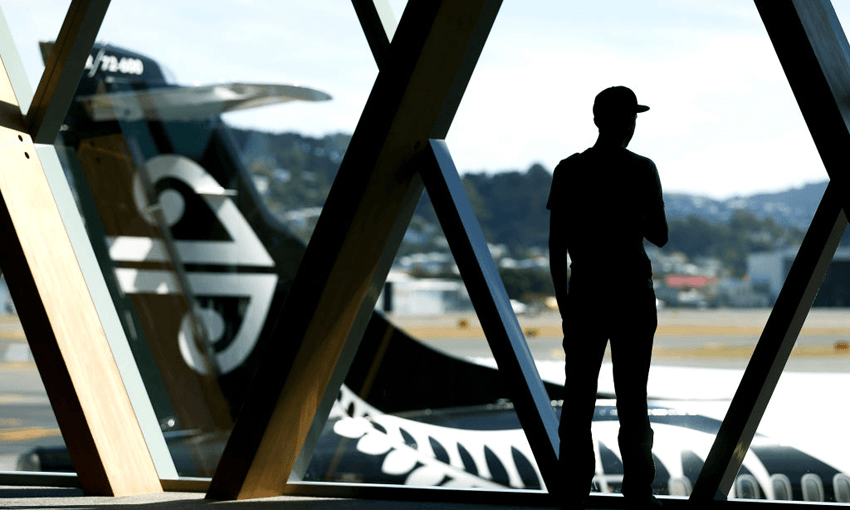Over the last few days, reports have emerged of people travelling from New Zealand and testing positive for Covid-19 upon arrival at their destination. First in South Korea and now in Australia. Dr Siouxsie Wiles explains what these positive tests could mean.
They’re false-positives
As Toby Morris and I have explained before, there are different ways to test someone for Covid-19. The main ways are to look for the presence of viral RNA or to look to see whether the person has made antibodies to the virus.
Depending on which test is used, there are different chances of false-positives and false-negatives. You can read more about that here. That’s why the Ministry of Health will likely ask for more information about what test they’re using. In the case of the man testing positive in South Korea, the test used was a rapid genetic test so they asked for for a second test to be carried out to be sure.
They’re positive but indicate a past infection
As I’ve explained before, the genetic test for Covid-19 doesn’t differentiate between viable infectious virus and bits of broken-down virus that are no longer infectious. So depending on when a person has the test, it will switch from detecting viable infectious virus to bits of debris. And we know it’s likely debris because South Korea’s Centres for Disease Control and Prevention reported that they weren’t able to culture viable virus from recovered patients who had tested positive. But at the moment we don’t know how long people can still test positive for after they’ve had Covid-19. But this report says some people have tested positive 12 weeks after they started to show symptoms.
Having the sequence of the virus, which can be recovered from a positive genetic test, might help rule this scenario in or out. Each time the virus enters a new cell and replicates, its genetic material is copied. Sometimes little mistakes get made that change the virus’ sequence a little. As the virus has moved around the world, different changes have started to accumulate in the stains of the virus circulating in different parts of the world. The virus strains around a few months ago will also be a little different to the ones around now so looking at the sequences might help us see if this an old infection than a new one.
They’re positive and the person caught the virus in transit
The incubation period for Covid-19 is roughly two to ten days. That’s the time it takes people to go from being exposed to the virus to showing symptoms. But there are reports of it happening faster than this, like within a day. That would mean it’s possible, at least in theory, for people to have detectable virus within, say, 24 hours of being exposed. So depending on when people are exposed to the virus and when they’re tested, that could indicate an exposure in transit. Obviously, the route and the length of travel are important here. Someone is more likely to be exposed to the virus on a long transit in a country with community transmission, than a short hop across the Tasman. Again, looking at the sequence of the virus will help here.
They’re positive and the person caught the virus in New Zealand
This is obviously the scenario we’re dreading the most as it would indicate there is community transmission of the virus here. Now I’m sure you’re probably asking how on earth that could’ve happened. Well, people are people, and mistakes can happen. Because we’re at alert level one now there are so many opportunities for the virus to spread if it does get back into the community in New Zealand.
While the Ministry of Health carries out tracing and testing, we must get community testing rates up. So if you have any of the symptoms of Covid-19, please call Healthline or your GP and ask for a test. It would also be great if we could also start sampling sewage for the virus as they’re doing in other countries.
In the meantime, we need to go back to being a bit more vigilant. So, wash your hands, stay home if you are sick and keep track of where you go and who you see (the NZ Covid Tracer app can help with that). I think we also need to start mentally preparing ourselves in case community transmission is confirmed. And if we end up being asked to wear a face mask, here’s an excellent video on how to make one that still lets you communicate with people who lipread.


